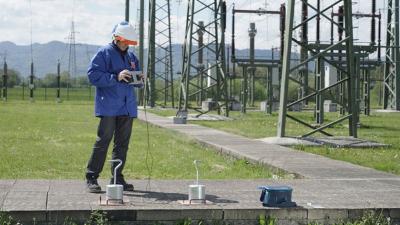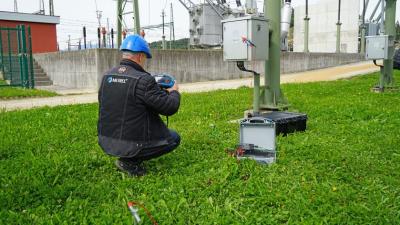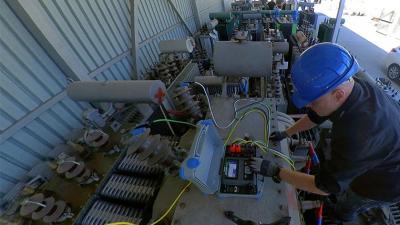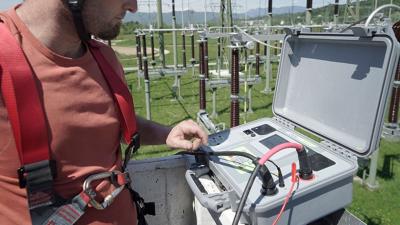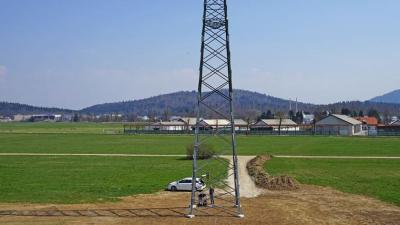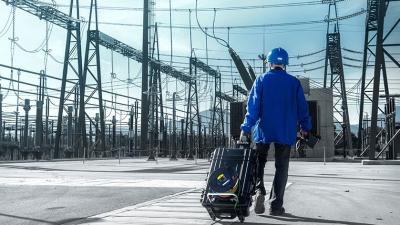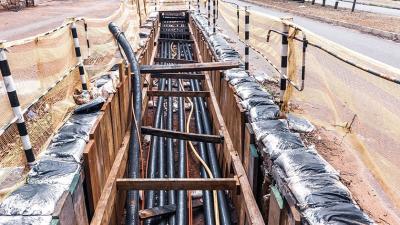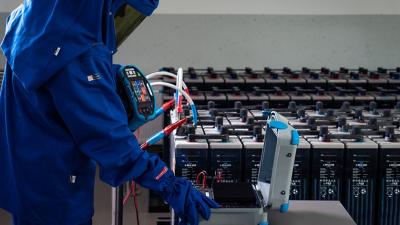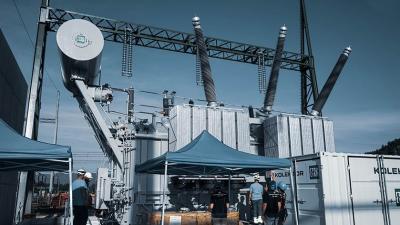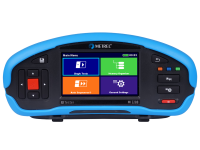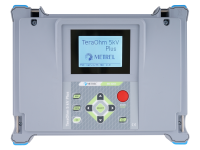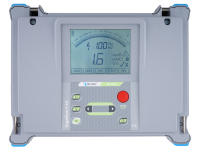Insulation of long cables
Power distribution

Long cables for power distribution are mostly overhead and don’t need to be insulated. However underground or underwater cables do need insulation. Their environment is conductive and leakage would get out of control without it.
Capacitance is a frequency dependent physical property of any conductive body. In overhead power cables where frequency of distributed signal is relatively low, it is only an issue with very long cables or very high voltage. A long cable lying in wet and conductive environment like earth or water is another issue.
Insulation is defined in DC conditions as resistance. In AC environment, it becomes defined as impedance, containing capacitive and inductive parts as well. In case of long cables, the capacitance between the cable and its conductive surroundings can become important for signal and power transfer. Charging current for the capacitance can be higher than the rated current of the cable. This depends on cable length and voltage used. Ferranti effect can make the voltage at the end of the cable higher than the input, in extreme cases even exceed the rated voltage. It is caused by distributed inductance and capacitance acting together on unloaded or lightly loaded line where mostly only capacitance charging current flows. It causes voltage drop over the cable inductance that is in-phase with supply voltage. The resistance is considered negligible.
Application Notes
Measurements
In case of energy transfer underground, this translates to losses, high reactive power and other issues with power quality. There are some techniques that help mitigate the effects. Inductance can be added to the system to lower the reactive power. This is easy to achieve as extra windings on transformers. DC power transfer is preferable where possible, but underground cables tend to be the last stretch from transformer to consumer where AC is required. Capacitance of the cable can be lowered by using thicker insulation, larger distance between cables in the system, and distancing the cable from conductive surroundings by using a duct.
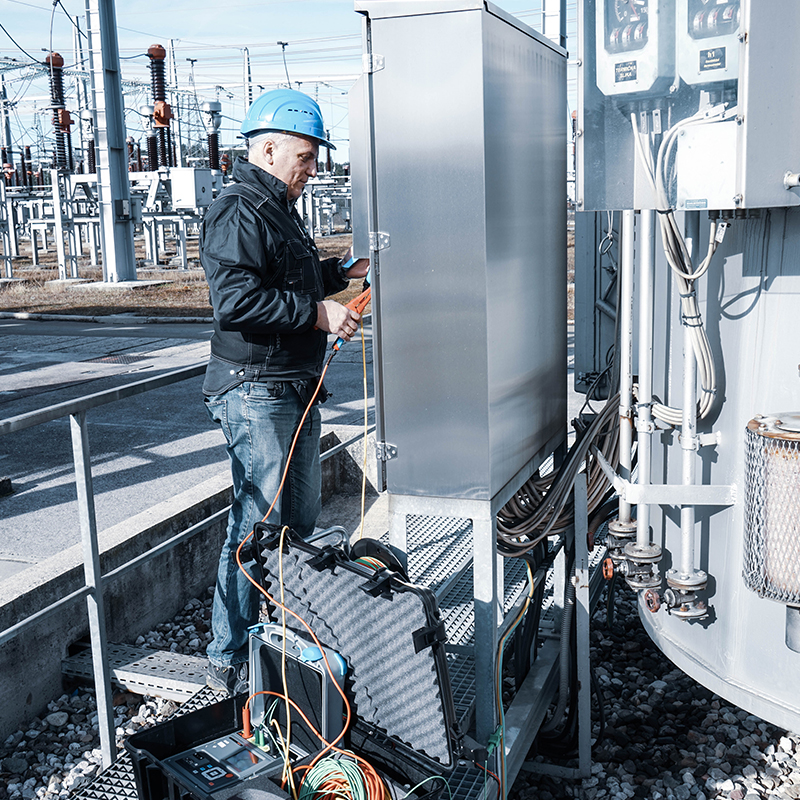
Insulation of the cables is still extremely important. It protects from DC leakage and from any accidental contact. Underground, this is mainly about animals, but also important during any construction and maintenance work. Testing can be done with DC as insulation or AC as leakage current.
Measuring the insulation of longer cable takes time. The capacitance needs charging before a meaningful result can be taken. Powerful instrument speed this process and provide high accuracy measurement. Metrel recommends the TeraOhm line offers test voltages up to 10 kV and can be used for nearly any length of wire. It also supports voltage and frequency measurements in the network. Other important abilities are measuring with step method and quick rise method that offer a view of AC properties of the insulation, and impulse test that give insight into case of lightning strike.
Leakage current can be measured with a multifunctional tester and a clamp that supports miliampere range. MI 3155 contains such clamps already in the standard set.
